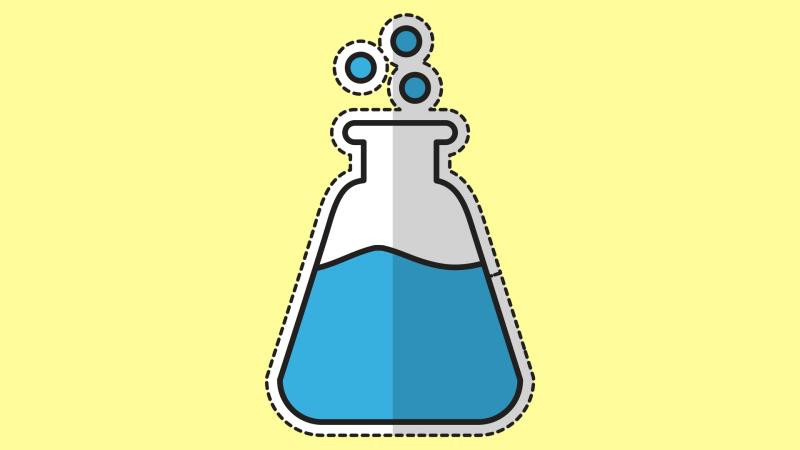
Scientist from Indian Institute of Technology Kanpur (IITK) have developed a novel ternary nanocomposite (compound made of three different nano compounds) which can remove methylene blue from a solution when shone with visible or Ultra Violet (UV) light.
Methylene blue, also known as methylthioninium chloride is a well known medicinal compound that has been in use for over a century. It has been commonly used to treat urinary tract infections, cyanide poisoning and methemoglobinemia, a type of disease which increases the levels of certain type of haemoglobin in the blood. Methylene Blue is also used as a dye in procedures like chemoendoscopy to test the urinary tract for leaks and fistulas.
However, methylene blue is also known to cause severe side effects like hypertension, fever, dizziness, nausea and vomiting. When doses larger than 5 mg/kg are injected, the compound is also known to cause bladder irritation and anemia. This makes it important to remove excess of methylene blue from the body and other other sources, like drinking water.
In their new study, the scientists formulated a ternary nanocomposite based on titanium dioxide, ferric oxide and reduced graphene oxide (rGO-Fe3O4-TiO2) for degradation of methylene blue under visible or UV light. The nanocomposite, when illuminated with visible or UV light undergoes a process called separation of charge carriers, wherein electrons from TiO2 move to rGO, thus initiating another process called photo-Fenton reaction, which provides highly reactive hydroxyl ions which mineralizes the methylene blue in solution. The nanocomposite was prepared using a wet-assembly method with varying weight ratio of each of the components to arrive at a suitable weight ratio for efficient degradation of methylene blue.
The study has revealed the rGO-Fe3O4-TiO2 nanocomposite having composition 1:1:2 has achieved maximum degradation of methylene blue from the aqueous solution. It also showed that About 99% of the dye has been removed within 6 min under UV irradiation, while in presence of visible light, 94% has been degraded from the wastewater.
According to scientists “these results indicate that these ternary nanocomposites possess great potential for both UV and visible light driven methylene blue destruction from the wastewater”.






